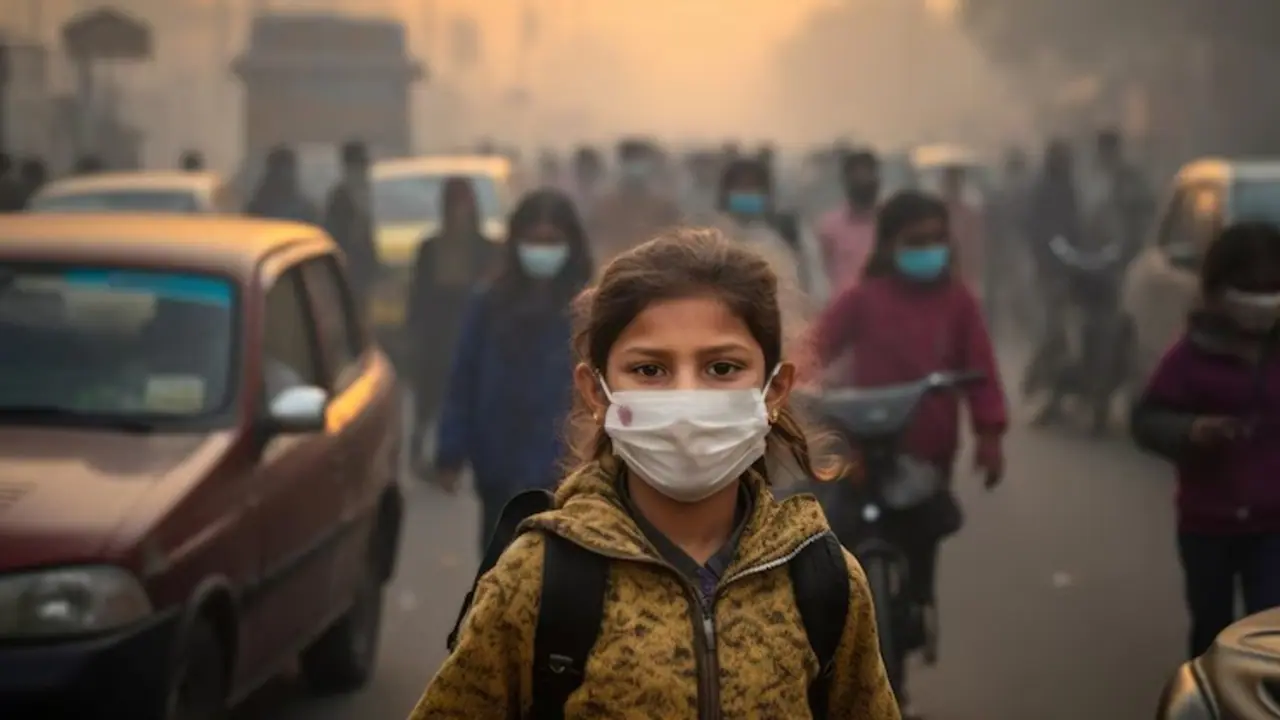India is seeing a slow rise in COVID-19 cases, with Kerala, Maharashtra, and Delhi reporting the most. New variants have emerged, but most infections remain mild. Health officials urge caution, not panic.
India is witnessing a slow and steady increase in COVID-19 cases, raising fresh concerns in some parts of the country. As of 8:00 AM on May 26, 2025, the total number of active COVID-19 cases in India stands at 1,009, according to the Ministry of Health and Family Welfare.


Kerala has the highest number of active cases, with over 430 reported. The southern state has also confirmed two recent deaths, both involving people with serious health issues.
Maharashtra follows with 209 active cases, including 35 new infections reported in Mumbai alone on May 26. Delhi, too, has seen a spike, now reporting 104 active cases which the capital’s highest daily count in nearly three years.
Other states like Karnataka, Gujarat, Telangana, Uttar Pradesh, Rajasthan, and West Bengal have also seen a slight rise. In Bengaluru, clusters have emerged, especially among infants and elderly residents. In response, health advisories have been issued to protect vulnerable groups.
Most of the new cases are mild and are being treated at home. Hospitalisation remains very low, and deaths have largely occurred only among those with existing health problems.
Adding to the concern, two new variants, NB.1.8.1 and LF.7, have been detected in the country. The World Health Organization has classified them as ‘Variants Under Monitoring.’ Health officials are closely tracking their spread, especially in crowded cities and southern states.
Despite the rise, authorities stress that the overall situation remains under control. Surveillance and containment efforts have been ramped up, and citizens are urged to stay alert but avoid unnecessary panic.
Vaccination coverage, prior exposure, and strong medical infrastructure are helping India manage the latest wave. Health experts continue to recommend masking in crowded places, staying home if unwell, and following basic hygiene practices.


